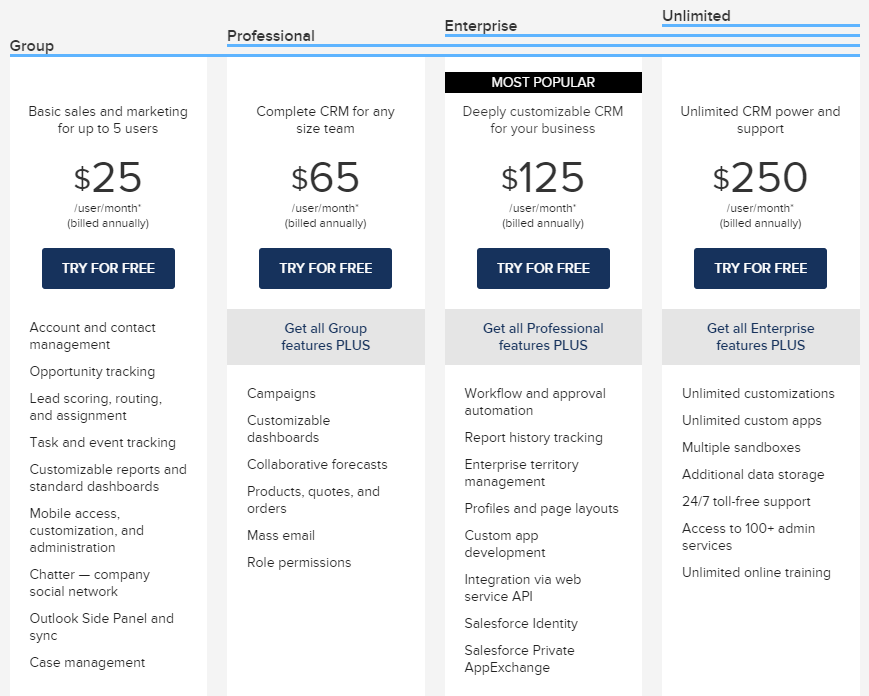If you sell software online, you need to focus on the customer experience to gain and retain more customers. 2015 is the year you’ll need to look beyond single transactions and figure out what their needs are. This means combining core ecommerce capabilities with a broad vision of the customer lifecycle along with enhanced subscription management capabilities.
Customer Experience
Customer experience not only plays a role in how you design your product, it also plays a role in every other interaction a customer has with your brand — including the checkout, dunning and the renewal processes. It is about putting your customers at the center of your business and addressing their complex needs, knowing that they differ from customer to customer.
A narrow-minded view of -commerce success looks to see if a customer enters the checkout process and submits payment. If they do, then that’s a conversion and you deliver the product. But 2015 needs to be the year ecommerce managers expand their perspective.
Determining whether your business is truly on the right track involves looking beyond a single transaction and seeing who or what is behind that transaction. In short, the name of the customer experience game is “personalization.”
For instance, what your customer or potential customer finds in their email inbox should match what they see on your site; not just on the homepage, but in their account section as well. Let’s say your business, like Salesforce, uses a tiered structure to price various products:

If a customer selects and pays for the Group edition, the content they see in emails and in their account section must reflect their past behavior and anticipate their future needs. If the customer decides to make another purchase, your ecommerce system should have a record of that person that ties these two independent purchases together. Connecting these data points isn’t just in your customer’s best interest; it also allows your business to make better decisions.
As you improve your customers’ experience in 2015, you’ll need to consider these other aspects:
- Easy, unburdensome checkout process including localized payment methods and a balanced approach to fraud prevention
- Expert customer support with quick response times and self-service options
- Clear refund policies
- Comprehensive subscription management
- Broad vision of the customer lifecycle
Subscription Management
Businesses are increasingly relying on subscriptions to provide them predictable recurring revenue. At the same time, they are struggling to overcome challenges inherent in the complexity of providing quality customer experiences since the customers’ requirements may change for each billing event. This Wall Street Journal article notes that, “Adobe earnings rose 16% on higher revenue in the last quarter, driven by strong growth in subscription sales.” And yet, the article notes that Adobe is still adjusting from selling individual units to accommodating a host of subscriptions plans.
The main challenge with accommodating a range of different plans is connecting customer information with any adjustments they make in the middle of a billing cycle. First, you need to store customer information like what features the customer has access to, the amount of licenses they use, and the duration of their plan. Then, you have to connect this information to your ERP and CRM systems.
In 2015, you’re going to have succeed in customer acquisitions and converting free trial users into paying customers. Additionally, you’ll be challenged with managing:
- Renewals
- Upgrades and downgrades
- Changes in customer information like new billing information
- Cancellations and winback tactics
- Reports on churn and future revenue predictions
Customer Lifecycle Management
As we stated above, a profound customer experience isn’t limited to how a customer buys or uses your product. It includes their interactions with your brand as you try to attract and engage them with marketing material at every stage of the sales cycle; as you acquire and satisfy their requirements during the buying and delivery stages; as you try to move them up toward higher-end products, and as you try to retain their business with renewal tactics.
In 2015, your business needs to consolidate data from a variety of sources such as your ecommerce platform, CRM, web forms and emails in order to proactively manage your customer relationships.
Keystone
2015 is the year of the customer experience. If you sell software online, make sure you understand how to manage your customers’ requirements and connect your business tools with the data you need to succeed.